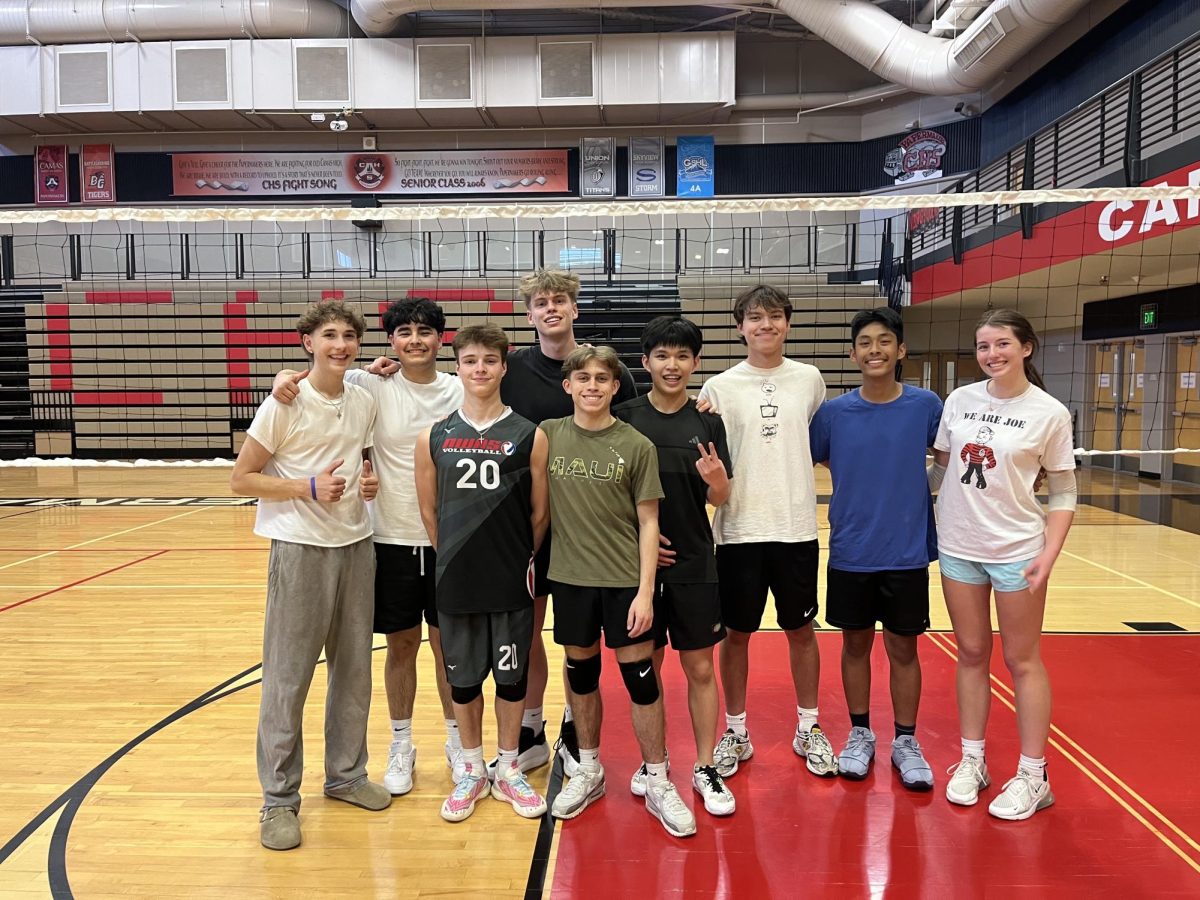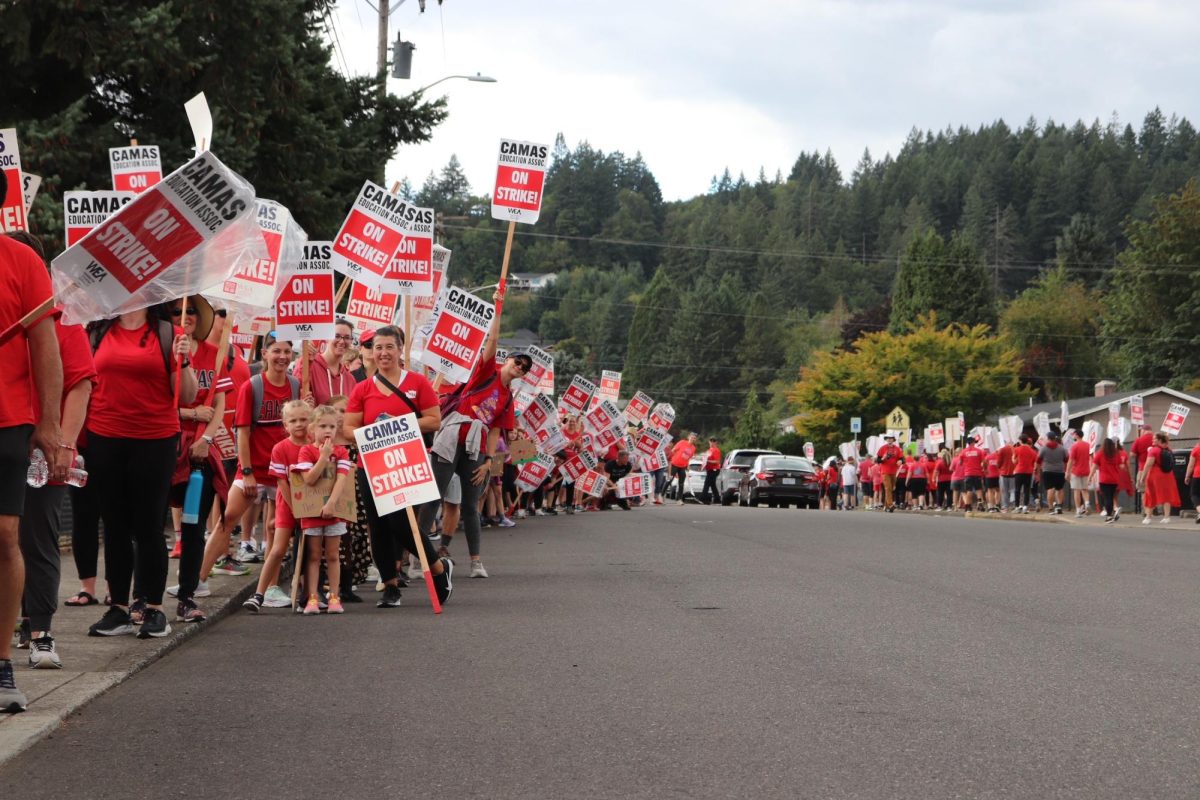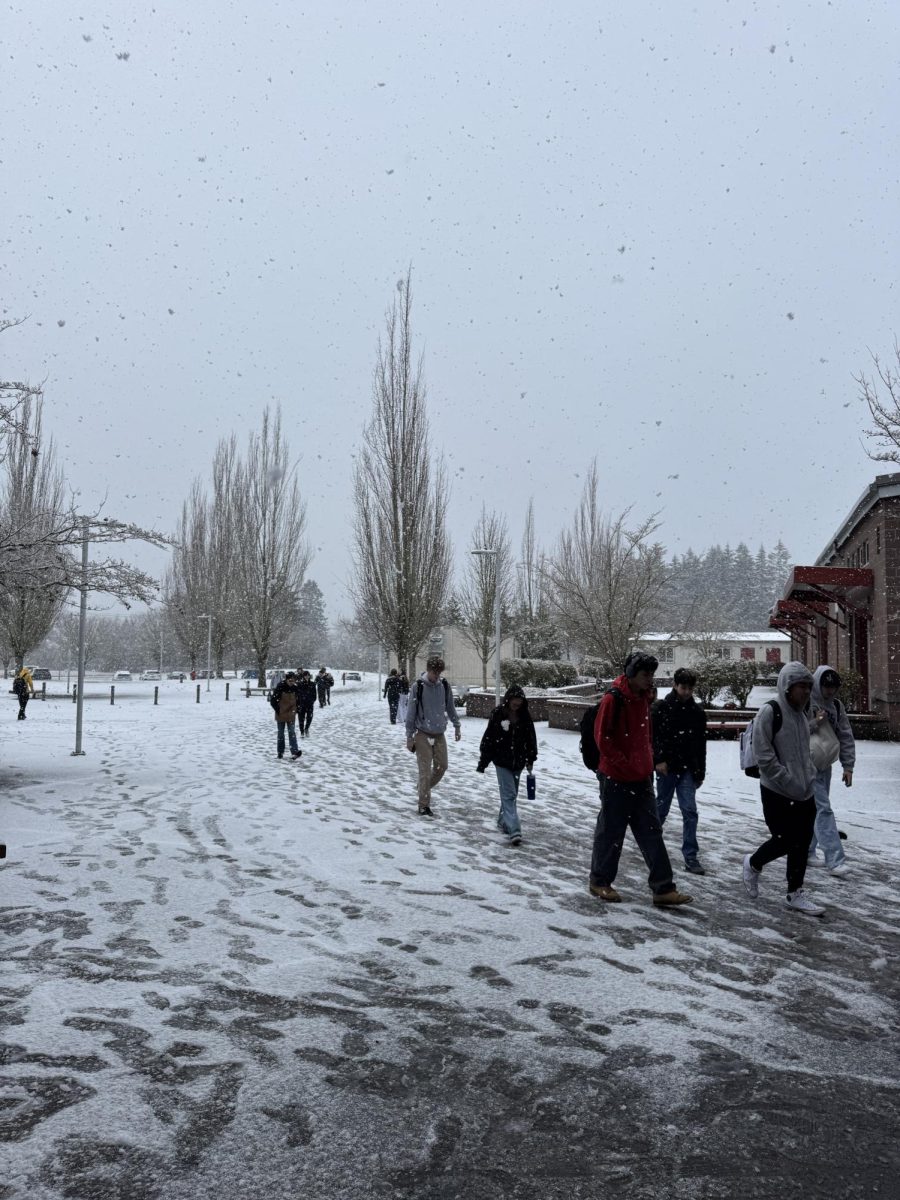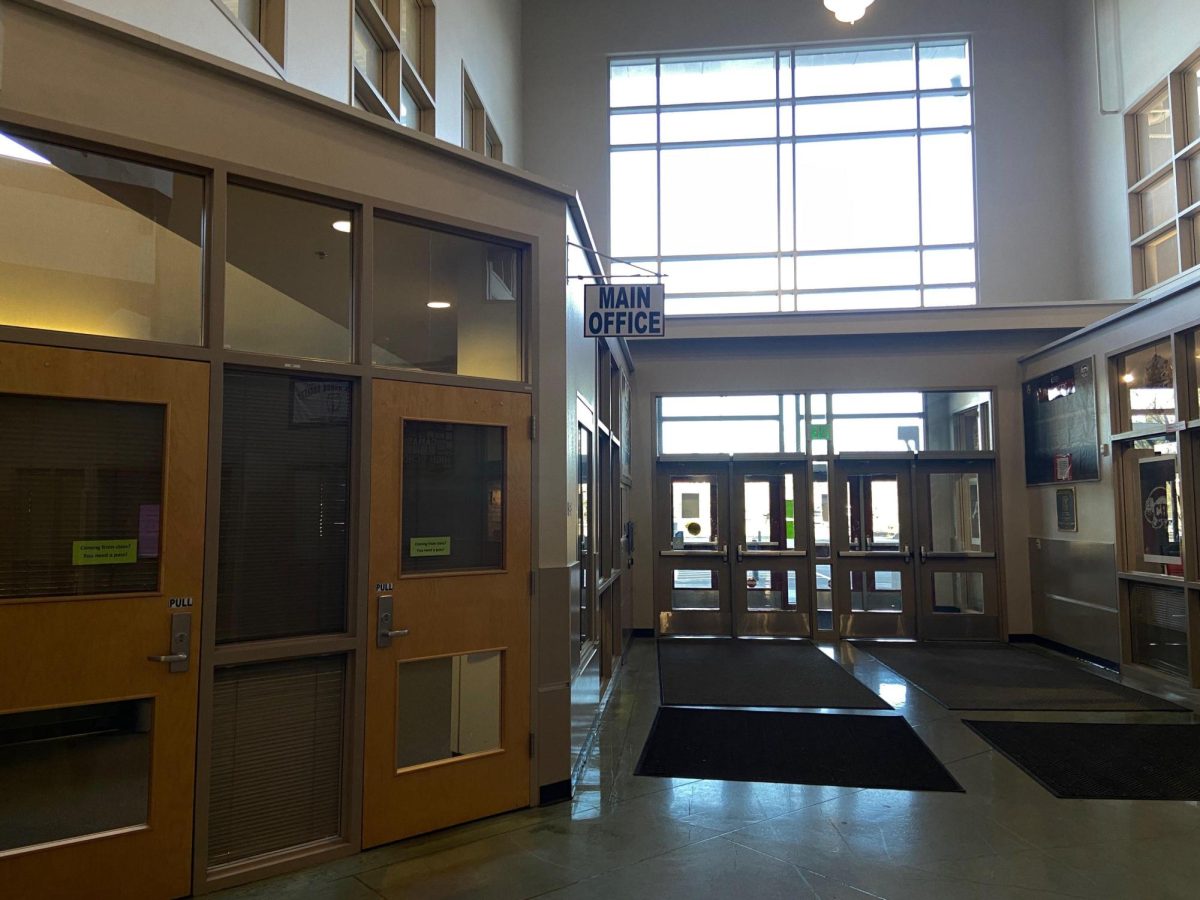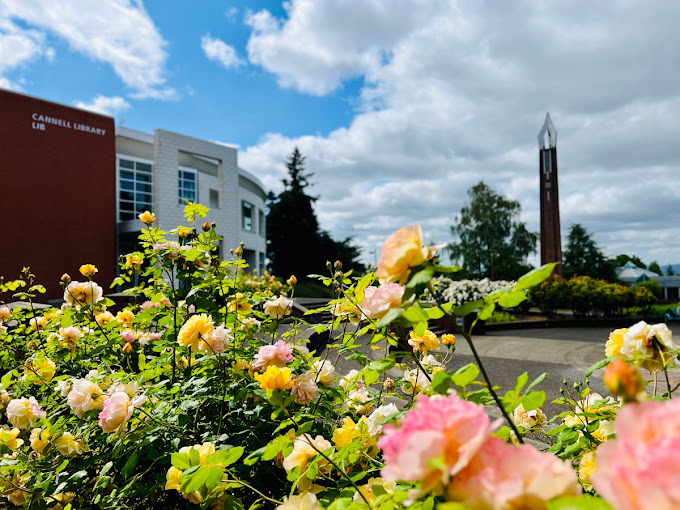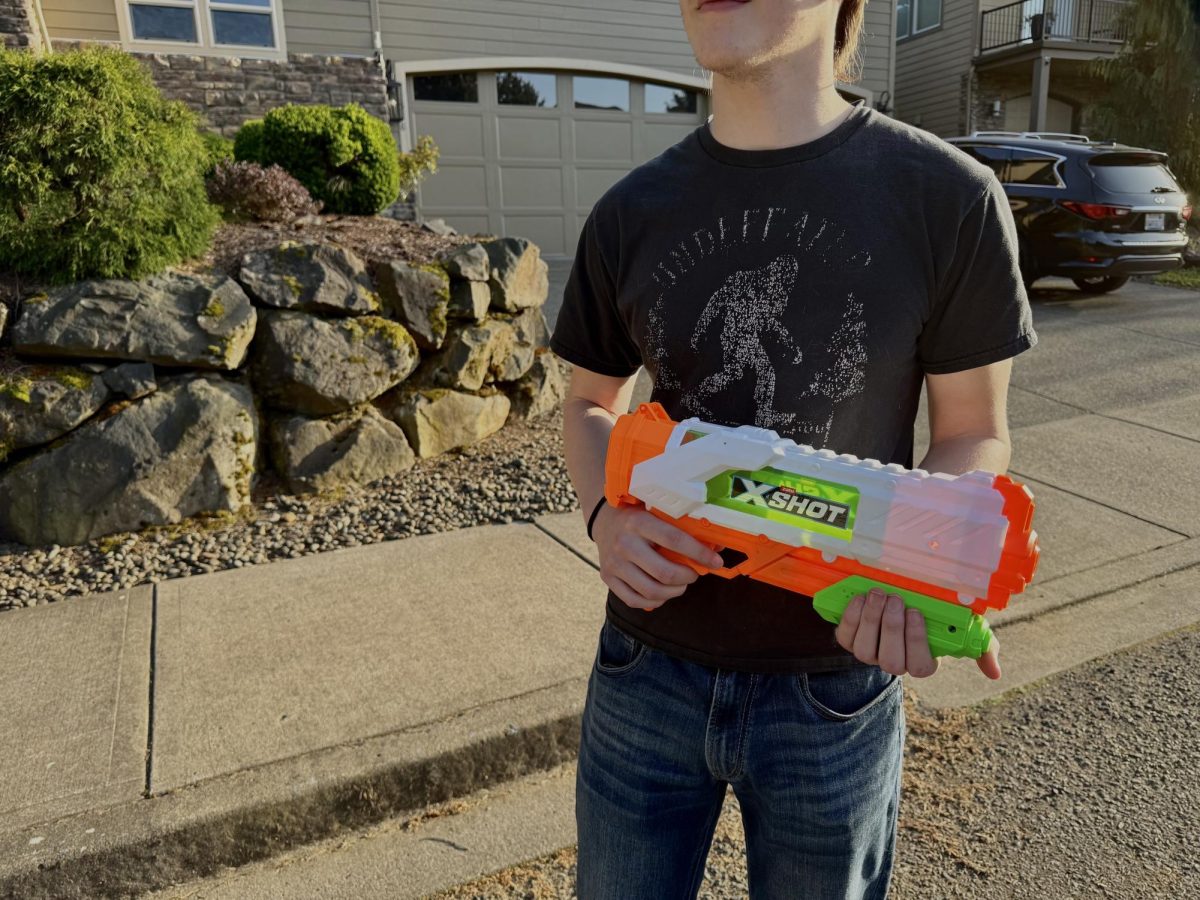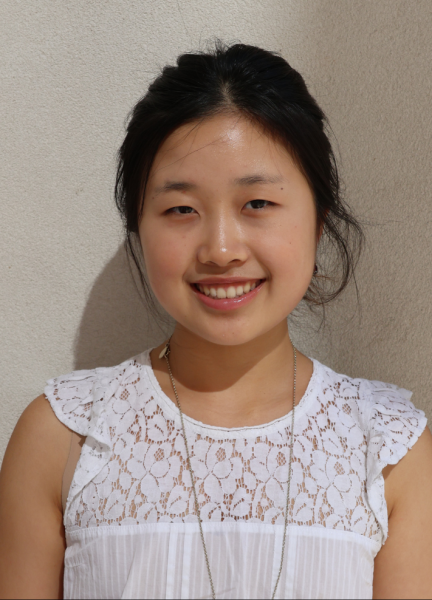With the relatively recent teacher strike of August 2023, many Camas parents and students draw lines between the district’s levy of early 2024. However, in the midst of confusion, past instances show that the facilitation of both teacher strikes and levies in the same year are a rare scenario. To look into the unusual case of Camas School District’s (CSD) 2024 levy, the public must dig into the nitty-gritty of the proposition.
As a brief introduction to the concept of a levy, these “budget supports” are historically a set of funds, aside from the regular state grants to public schools. They are typically funded by the local community through an extraction of taxes, in this case, property tax. While property tax, or tax collected on the local level is distributed in portion to schools, levies add another agenda for the money to be directed. Therefore, meetings and votes must be held within the school district and local Camas community in order to vote in or out of these decisions.
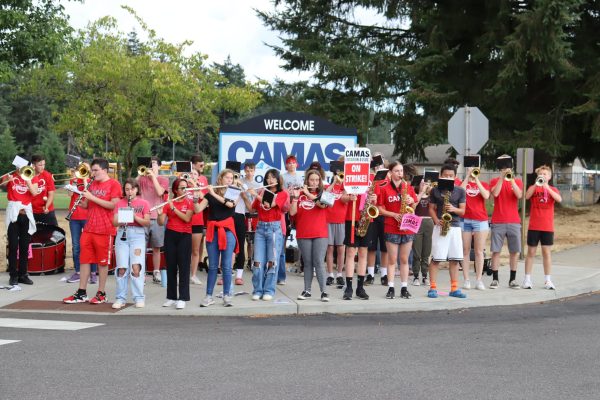
This particular levy, isolated in terms of its relations to the teacher strike, according to administrators and staff, took place as a means of improving conditions for both students and teachers.
“CSD uses levies to support student learning,” Michael Sanchez, Vice President of the Camas Education Association, said. “The levies expire after a certain amount of time (usually every 4 years), so the District will periodically ask local taxpayers to renew the existing levies so that CSD can continue to provide the level of services they offer to all CSD students.”
In a more direct look at the closer impact of the levies, Stephen Baranowski, the Athletic and ASB management teacher at Camas High School (CHS), explained the support of the funds in regard to extracurriculars and sports.
“Teacher salaries, all extracurriculars, clubs and activities are benefitted through the community-funded levies,” Baranowski said.
Another aspect of the levies was the reduced size of classrooms, which was a frequent demand during the strike. Additionally, the addition to teacher salaries contributed, along with the overlapping “motives” of the levy, to the many misguided community members drawing conclusions about the two events of the school year.
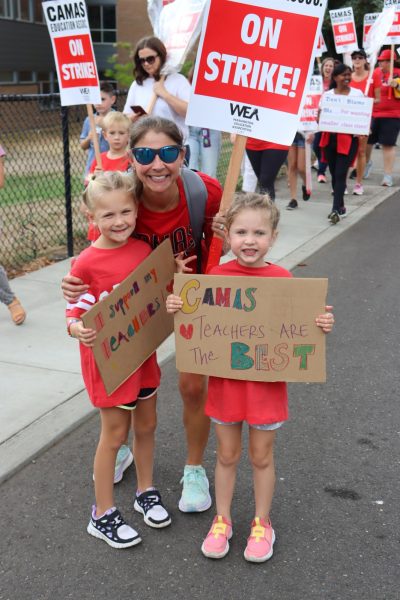
On the contrary, levies, passed periodically every couple of years (4 for Camas) have been a direct response to underfunded support from the state according to the administration on the CHS campus.
When questioned about the correlation between the levies and the recent CSD budget shortfall of 6 million dollars, Principal Kelly O’Rourke explained that “the recent budget shortfall is due to less money coming in from the state.”
The hidden figure behind the levies therefore is not necessarily a response to the controversy in the beginning of the school year, but rather an effort of the local community and public to counter the financial shortfalls introduced through the state’s lack of participation in education.
“Basic educational funding doesn’t give us enough money to get our classes down to 30 so we have to support the levy,” Baranowski concluded. “Our local community sends a message of support by providing us more money than the state offers so that we can maintain our great schools.”
















